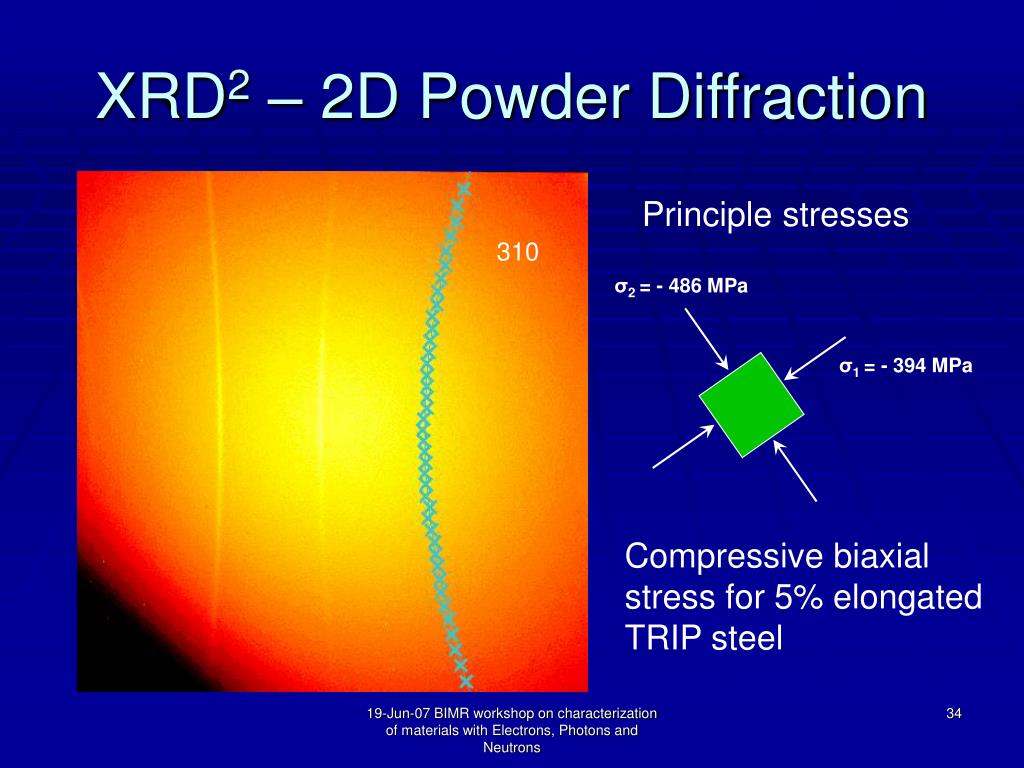

So tiny in fact, that their size is often only one magnitude larger than the wavelength of visible light. So, light doesn’t bend excessively- but it can still cause issues. This even applies at narrow settings, such as f/32. In photography, the size of the aperture slit is much larger than the wavelength of light. When the light goes through a slit, it diffracts. For us, photographers, it’s the diffraction of light that matters. But diffraction occurs in three-dimensional situations, too. Original image from Wikipedia Diffraction of Light This pattern, shown in orange, is called the Airy pattern. Then, gradually towards the edges of the river, the level of interference decreases. They are most intensive in the middle, in front of the slit itself. We observe the strength of waves at the long purple line. You can see a slit, comparable in size to the water’s wavelength.

The most spectacular example is diffraction in water. This continues until the pattern becomes indistinguishable. Then, there are repeated additions and cancellations, decreasing in amplitude outwards. In the middle, there’s a very strong add-up of waves. If we observe these additions and cancellations along a line parallel to the slit, we get a pattern. They cancel each other at some places while adding up at others. The waves then interfere, which results in differences in the strength of waves. The idea of circularly spreading waves and their physical explanation is called the Huygens principle. The degree of this varies, depending on the size of the slit. All along this line, the new waves begin to spread out in different directions. We model this change in behaviour as if new waves were created in the line of the slit. If the opening is comparable to the wave length, diffraction will occur at a much larger relative scale. Depending on the size of the slit compared to the wavelength, this bending can vary in size. (You will apply it later to the aperture opening in your camera.) The barrier can be a slit, or it can be a single object. When waves meet a barrier on their way, their behaviour changes. You encounter it all the time, even if it doesn’t catch your attention. You can observe it in liquids, soundwaves and light. Diffraction is a physical phenomenon affecting all types of waves.


 0 kommentar(er)
0 kommentar(er)
